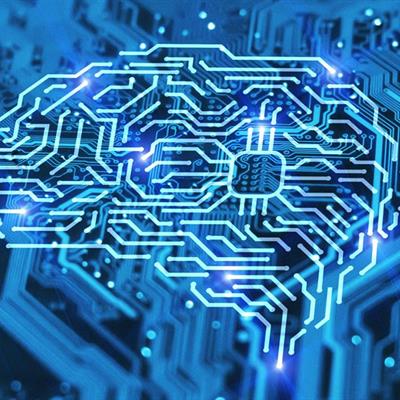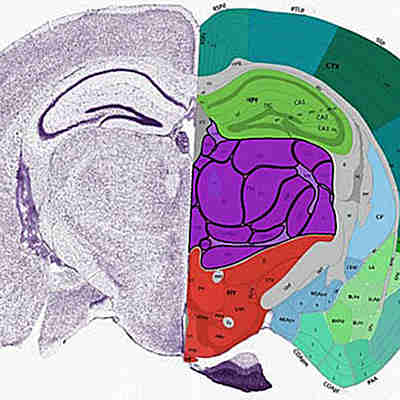November 9, 2022 -- At the Neuroscience 2022 conference, researchers will present their findings for the development of a cell atlas -- a comprehensive reference of all cell types, including their location, shape, and distribution -- for the human brain.
Having a complete cell atlas is critical for observing changes in the brain, such as those caused by disease. A cell atlas for the entire mouse brain was recently developed, and now scientists aim to create an atlas for the non-human primate and human brain, which would cover billions of cells. As these are particularly complex, researchers have developed advanced visualization techniques to catalog brain regions and cell types, which will be presented at the conference.
The presentation findings include the following:
- Session 577.21 “Brain Micro-Anatomy Revealed by 2-Photon Shadow Imaging In Vivo”
Scientists from University of Bordeaux/CNRS extended the potential of super-resolution shadow imaging (SUSHI) by using 2-photon shadow imaging (TUSHI) to visualize the micro-anatomical organization of the mouse brain in vivo.
- Session 083.03 “Analyzing the Molecular Basis Underlying Anatomic and Functional Complexity of the Mouse Brain With MERSCOPE”
Scientists from biotechnology company Vizgen created a molecularly defined, spatially resolved mouse brain cell atlas via multiplexed error-robust fluorescence in situ hybridization (MERFISH) measurements generated by the MERSCOPE platform.
- Session 684.04 “A Whole Mouse Brain Transcriptomic Cell Type Atlas”
Scientists from the Allen Institute for Brain Science developed a transcriptomic cell atlas across the whole mouse brain, integrating several whole-brain single-cell RNA-sequencing datasets.
- Session 083.01 “Highly-Multiplexed Single Cell Spatial Biology for Neuroscience Research”
Scientist from spatial biology company Akoya Biosciences will discuss how their PhenoCycler-Fusion platform used an advanced imaging technique to map cellular populations with significantly greater clarity and precision.
- Session 083.23 “Whole Organ/Body Atlas of Mouse with a Single-Cell Resolution”
Scientists from the RIKEN Center For Biosystems Dynamics Research discussed how their CUBIC (clear, unobstructed brain/body imaging combination and computational analysis) methodology found more than 400 million cells across a newborn mouse's whole-body atlas.
"Ultimately the different data sets generated by different methods can be integrated together to provide a comprehensive description of the different properties of the cells that can go into the same cell atlas," Hongkui Zeng, PhD, director of the Allen Institute for Brain Science in Seattle, said in a statement.
The Neuroscience 2022 conference will be held in person in San Diego, CA, November 12-16.
Copyright © 2022 scienceboard.net









